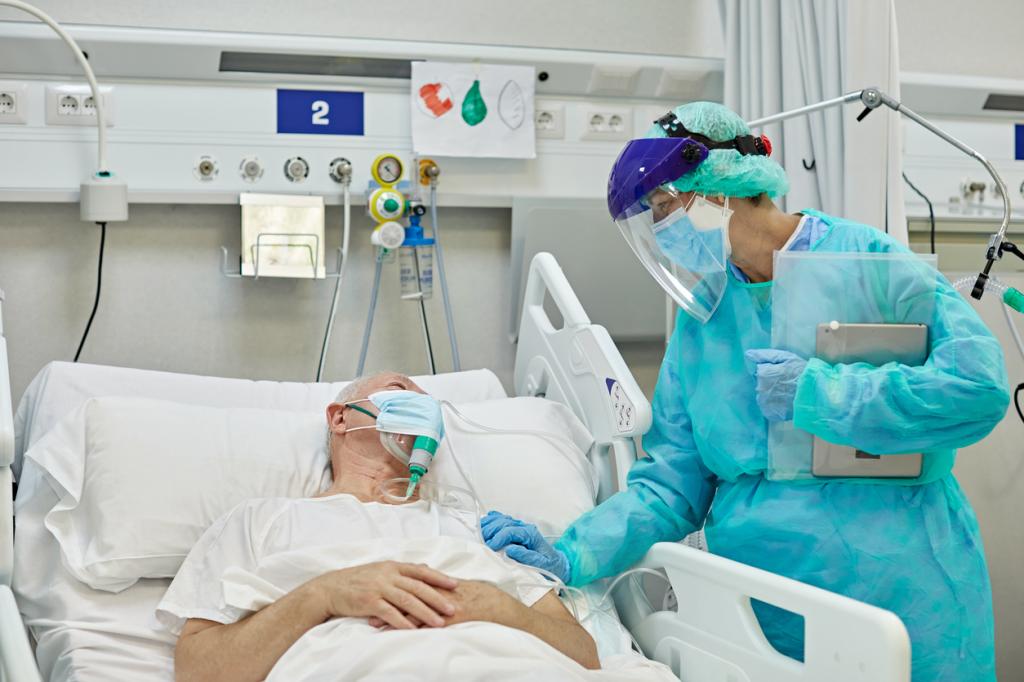

Outlines core rights of all patients in the context of safety of health care



The World Health Organization (WHO) released the first-ever patient safety rights charter outlining the core rights of all patients in the context of safety of health care on September 14, 2023. The charter also sought to assist governments and other stakeholders to ensure the voices of patients are heard and their right to safe health care is protected.
Patient safety is the avoidance of unintended or unexpected harm to people during the provision of health care. Around 1 in every 10 patients is harmed in health care and more than 3 million deaths occur annually due to unsafe care, according to Organisation for Economic Co-operation and Development (OECD). In low-to-middle income countries, as many as 4 in 100 people die from unsafe care.
Some of the most common sources of patient harm are medication errors, surgical errors, health care-associated infections, sepsis, diagnostic errors and patient falls, according to the WHO.
There are several factors leading to patient harm: System and organisational factors; technological factors; human factors and behaviour; patient-related factors and others.
Read more: How dosage of fever drugs has again highlighted nexus of pharma firms, doctors
According to the WHO, there are multiple and interrelated factors that can lead to patient harm and more than one factor is usually involved in any single patient safety incident.
Most of the mistakes that lead to harm do not occur as a result of the practices of one or a group of health and care workers. Rather, these occur due to system or process failures, underlining the importance of understanding the underlying causes of errors in medical care.
There needs to be a shift from the traditional blaming approach to a more system-based thinking, according to the global health body.
The charter was announced following a conference on September 12 and 13 at WHO headquarters in Geneva and online. Over 2,300 people from all six WHO regions participated in it, including patient advocates and representatives of patients’ organisations.
The WHO unveiled two new resources at the conference for patient safety — a storytelling toolkit to guide patients and families in sharing their experience related to harmful events within health care and Global Knowledge Sharing Platform that will support the exchange of global resources, best practices, tools and resources related to patient safety.
The majority of patient harm is avoidable and engaging patients, families and caregivers is one of the most essential techniques for minimising harm, the WHO said. The upcoming World Patient Safety Day, to be celebrated on September 17, 2023 this year, aims to emphasise the crucial role of listening to patients, families and caregivers.
Patient safety is a collective responsibility, WHO Director-General Tedros Adhanom Ghebreyesus, said in a press statement. “Health systems must work hand-in-hand with patients, families, and communities, so that patients can be informed advocates in their own care and every person can receive the safe, dignified, and compassionate care they deserve.”
A 2023 survey of WHO Member States on the implementation of the Global Patient Safety Action Plan 2021-2030 showed the poor state of its execution. The action plan was released August 2021.
Interim results of the survey showed only 13 per cent of responding countries have a patient representative on the governing board or an equivalent mechanism in the majority of their hospitals. Income-based implementation gap was also pointed out by the survey as good practices were largely concentrated in higher-income countries.
According to the OECD, investing in patient safety positively impacts health outcomes, reduces costs related to patient harm, improves system efficiency, and helps in reassuring communities and restoring their trust in health care systems.
We are a voice to you; you have been a support to us. Together we build journalism that is independent, credible and fearless. You can further help us by making a donation. This will mean a lot for our ability to bring you news, perspectives and analysis from the ground so that we can make change together.

Comments are moderated and will be published only after the site moderator’s approval. Please use a genuine email ID and provide your name. Selected comments may also be used in the ‘Letters’ section of the Down To Earth print edition.